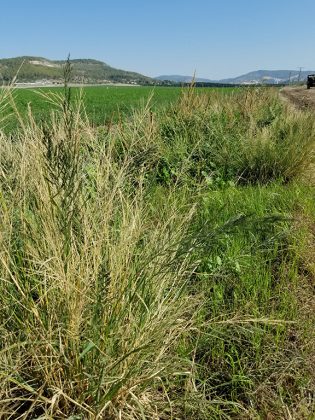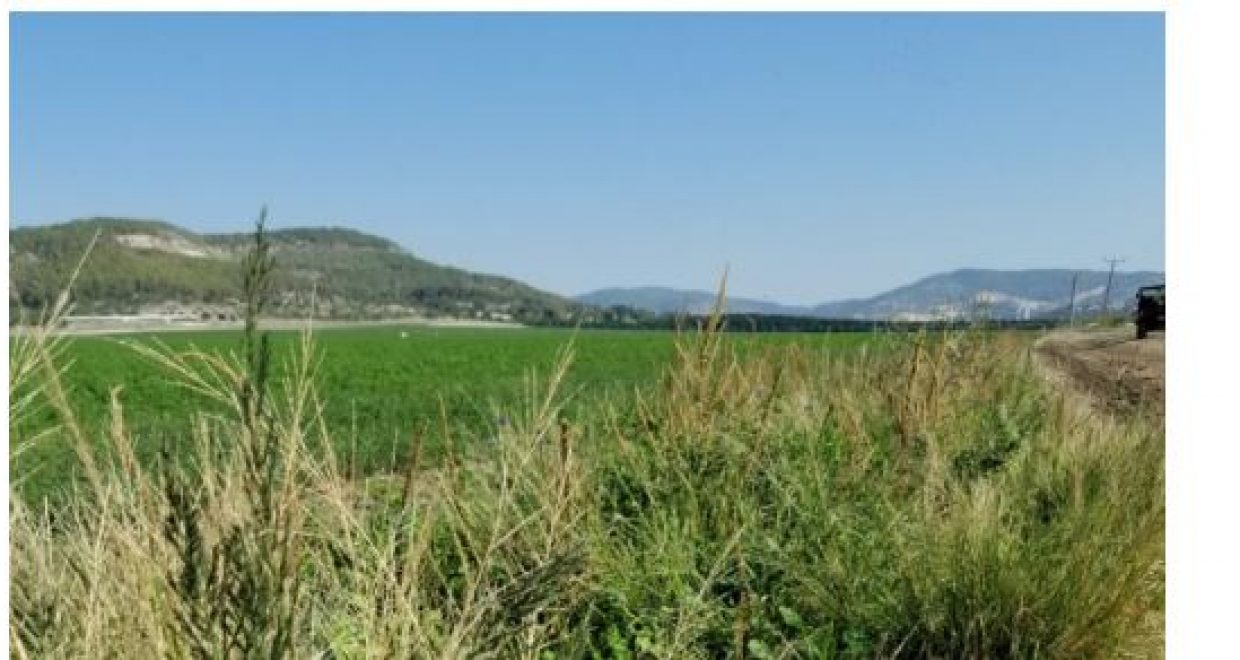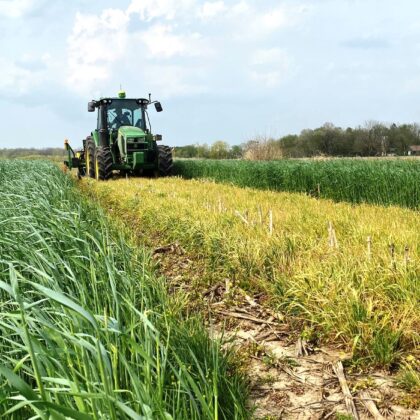Can residues from cover crops contribute to extended weed control?
Cover crops are a proven tool for suppressing many troublesome weeds. But what about the residues they leave behind? Research featured in the journal Weed Science shows the composition of those residues matters – influencing both the control of summer annual weeds and the yields produced by crops.
A research team from Virginia Tech planted single cover-crop treatments of cereal rye, hairy vetch, crimson clover and forage radish, as well as two-way and three-way mixtures. Each was planted in the fall and then followed by corn and soybean crops.

Researchers found that as the cover-crop biomass and the ratio of carbon to nitrogen increased, weed suppression increased, as did its duration. For example, a 9 to 1 ratio of carbon to nitrogen suppressed pigweed by 50 percent at four weeks after treatment, while a 20 to 1 ratio delivered the same level of control eight weeks after treatment.
Similarly, a biomass of 2,800 kg per hectare was needed for 50 percent suppression four weeks after treatment, while a biomass of 6,610 kg per hectare was needed for the same level of suppression at eight weeks after treatment. Corn and soybean yields increased as both cover crop biomass and carbon to nitrogen ratios increased.
The cover crop mixtures in the study tended to produce more biomass than individual cover crops. Cereal rye and a cereal rye-forage radish mixture produced higher carbon to nitrogen ratios than all the other cover crop treatments, while hairy vetch and crimson clover produced the lowest.
Want to learn more? Read the article “Cover Crop Residue Components and their Effect on Summer Annual Weed Suppression in Corn and Soybean” free for a month, online at Weed Science, Volume 68, Issue 3






